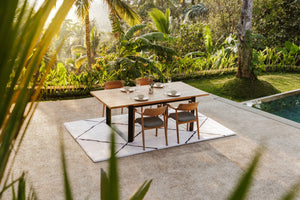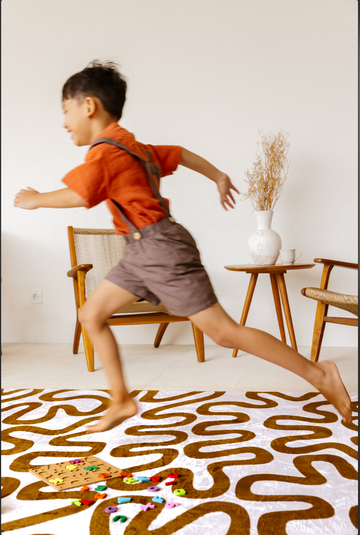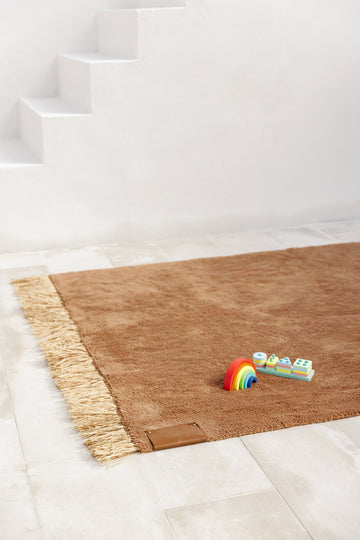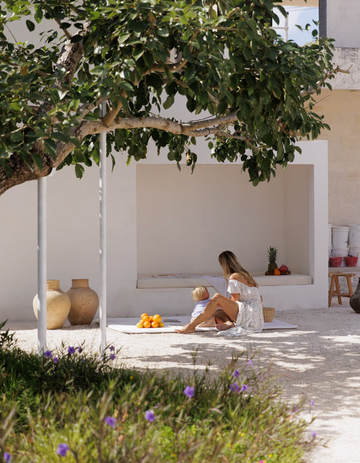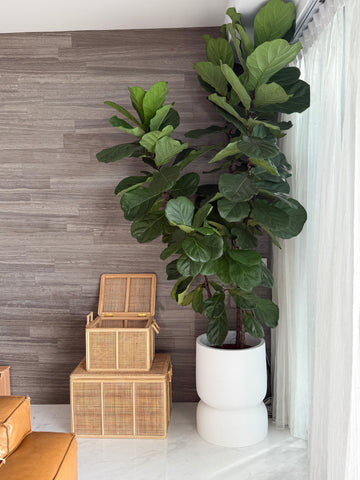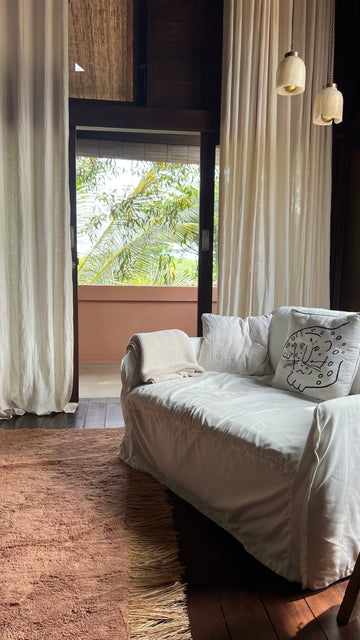The world of interior design is set to make a shift in 2025. More and more Singaporeans are opting for circular design on top of being aesthetically pleasing to help save the environment. Circular design refers to designing products in a way that they are durable, reusable, and recyclable. This concept works beautifully in Singapore, where land is limited and every decision is vital. This idea works well in Singapore, where space is precious and every choice matters.
When you renovate a BTO flat, upgrade your condo, or simply refresh your living space, choosing sustainable design can give your home a stylish, relaxed vibe. With circular design, your furniture and décor do more than fill a room—they tell a story of care for our planet and your future.
The End of Fast Furniture
Designer Marcel Wanders once said, “We have a responsibility to design with longevity in mind.” Fast furniture has become popular over the years, but it creates a lot of waste. In Singapore, our landfills are growing quickly. People are now investigating how to use quality pieces that last. Circular design offers a practical solution by focusing on well-made, versatile items that can adapt to changing needs.
Circular Design in Action: 3 Trends to Watch
Modular Furniture: The Future of Flexibility
Modular furniture is a smart way to design your home. Pieces that can change and grow with you are perfect for our compact living spaces. Imagine a sofa that can be rearranged for family time or a shelving unit that can turn into extra storage. Brands like Muuto are showing us that furniture can be both practical and beautiful.
Pro Tip: Choose modular pieces in neutral tones. They match many styles, from modern minimalism to cosy boho designs. This flexibility makes them a wonderful investment for any Singapore home.
Rentable Design: Style Without Commitment
Renting furniture is becoming more popular in our fast-paced city. Companies such as Kamarq offer high-quality items for those who move often or want a change without the hassle of selling old pieces. This approach means fewer items end up in the landfill, and more can be used by others.
For many young professionals and expats in Singapore, renting furniture fits perfectly with a busy lifestyle. It gives you the freedom to change your décor as trends evolve, without the long-term commitment.
Eco-Materials with a Story
Circular design is not just about how things look—it’s also about what they’re made of. Reclaimed wood from old buildings or recycled materials gives new life to traditional elements.
For example, Nomada uses eco-friendly materials to create rugs, floor pots, and even kids’ playmats. Each piece carries a history, adding character and warmth to your home.
Sustainable Interiors: A Perfect Fit for Singapore
Circular design fits perfectly with the Singapore lifestyle. In small spaces, quality matters more than quantity. Here are a few ideas to consider:
-
Prioritise Quality Over Quantity: Choose fewer, well-made items that last longer.
-
Select Timeless Designs: Neutral colours and classic shapes keep your home looking fresh for years.
-
Plan for the Future: Think about what happens when you no longer need a piece. Can it be reused or recycled?
-
Add Natural Touches: Bring in plants with sustainable pots to brighten your space and boost well-being.
Circular design helps you create a stylish, villa-inspired home without compromising on sustainability. It’s a smart way to invest in your surroundings while caring for our environment.
For more ideas on transforming your home, refer to our other blogs on sustainable interiors and renovation tips.
FAQ
Q: What is circular design?
A: Circular design focuses on creating items that last long, can be reused, or can be easily recycled. This approach reduces waste and is perfect for small living spaces.
Q: How does circular design work in Singapore?
A: In Singapore, where space is limited, circular design is a wonderful solution. It encourages using versatile, quality furniture that adapts to changing needs, making homes both stylish and sustainable.
Q: What are some popular circular design trends?
A: Popular trends include modular furniture for flexible living, rentable design for those who like variety, and eco-friendly materials that give new life to old resources.
Q: Can circular design help reduce waste?
A: Yes, by choosing durable and adaptable furniture, you can reduce waste significantly. This sustainable approach helps create a greener future for everyone.
By keeping these ideas in mind, you can enjoy a home that looks beautiful and stands for a better, greener way of living.

